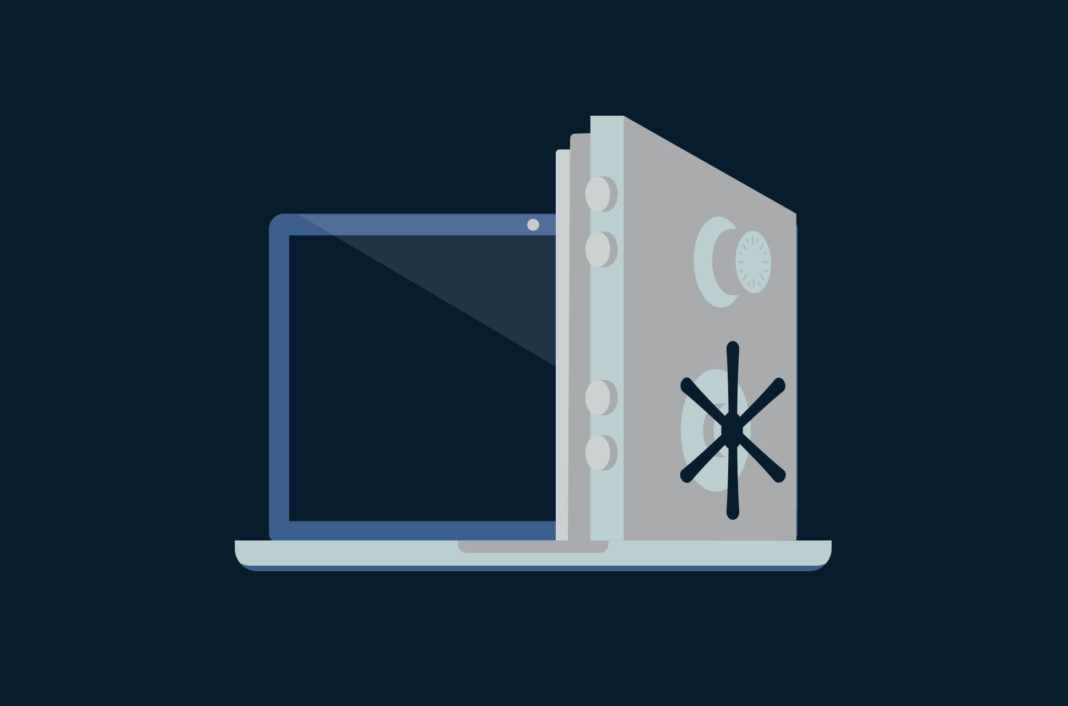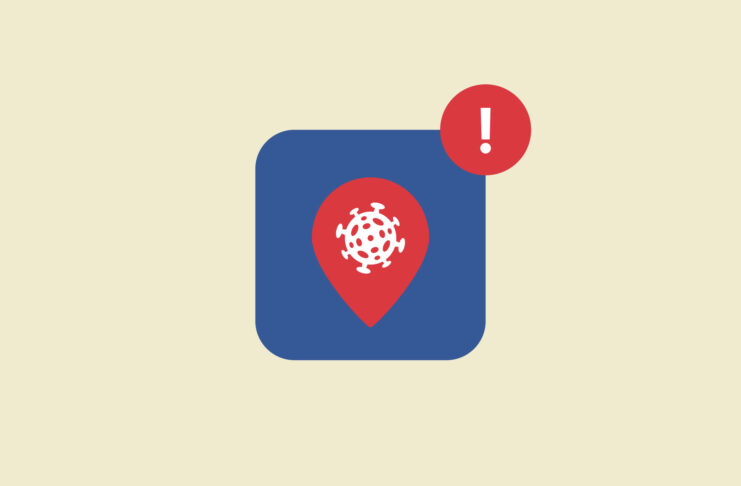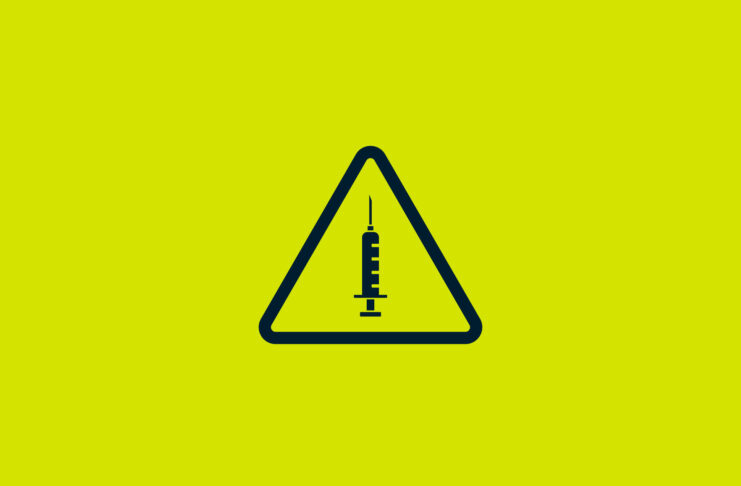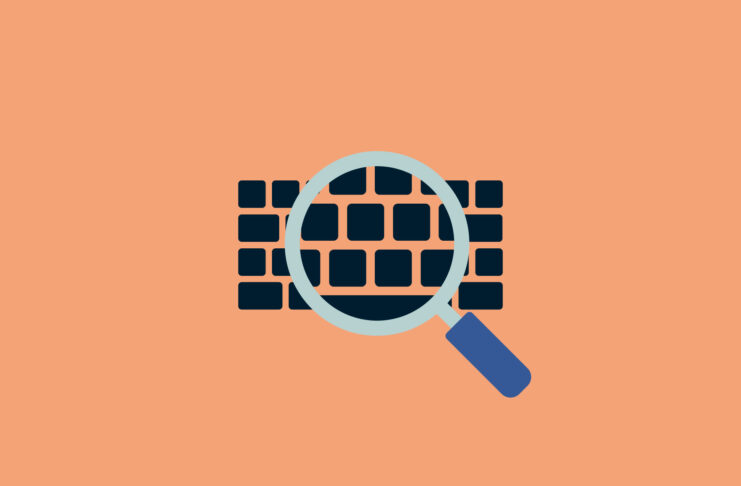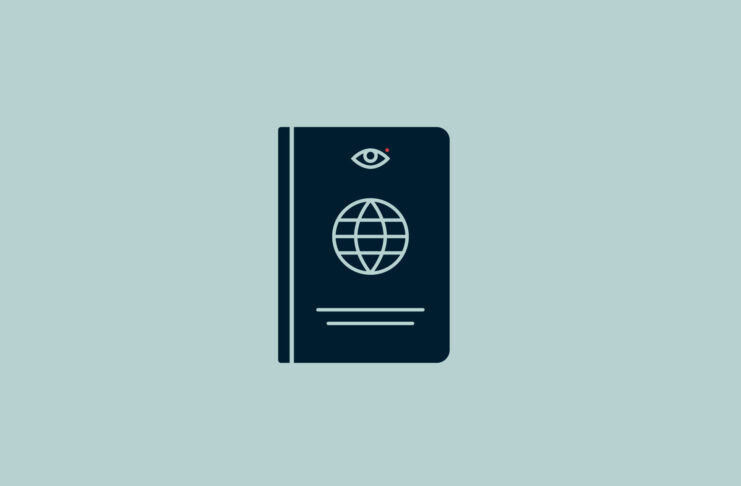The origins of online harassment and how to stop it are difficult to analyze. However, we know that online stalkers and perpetrators of harassment are willing to go far to expose their victims–an act known as doxing or doxxing. Stalking often becomes a physical threat to internet users, beyond the psychological harm and the feeling of helplessness.
But there are ways to protect against online harassment and ensure doxing or stalking doesn’t become a physical threat to you or your family.
The guide ‘Tech safety for survivors of domestic violence’ serves as help for those seeking to protect themselves using technological means. You might fear or experience harassment online because of who you are or what you write about. Perhaps you’ve been a victim of violence in the past or continually experience threats to your life and safety. If so, this directory may help you.
Beyond technology, there are many other options to battle harassment, such as psychological help and legal action. What’s important is that you seek and receive support in a safe way.
Legal deterrents have proven to be largely insufficient in preventing online harassment. Unfortunately, this means we have to take action to protect ourselves and those close to us. There is still hope, though, precautions against online harassment do not require advanced knowledge of technology. Solutions are cheap and easy to learn.
Pseudonymity
Your best protection against harassment and online stalkers is to separate your legal identity from your internet handle.
If your online pseudonym isn’t connected to your legal identity, fewer resources are required to defend your physical space and protect those around you.
Pseudonymity might not always be an option, however. You might, for ideological or principal reasons, choose not to “hide” behind a pseudonym. Maybe you’ve already built a brand around your legal name, or represent an institution that requires the use of your actual identity.
Using a pseudonym rarely seems like a fair solution. Why should we have to hide behind fake names while the perpetrators of harassment freely, and without repercussion, use their birth names?
A significant portion of this guide deals with how to establish and maintain your pseudonym. This information relies on how to keep your sensitive personal data and physical location private, which is tremendously important if you’re using your legal identity online.
Legal identity
It’s often surprisingly easy to learn a lot about a person with just their legal name through public records. Voting records are public in some places around the world, and vehicle ownership information can be obtained through insurance companies or government departments.
Similarly, professional licenses and court records are often easily searchable and might reveal personal information.
Avoiding detection
Knowing which of your information is publicly available can help anticipate and prevent attacks from online stalkers. Regularly search for your own name online, or even hire a private investigator to compile the information they find about you.
You can legally hide private records with lawyers and shell companies. Similarly, vehicle registration or homeownership can be registered to companies in privacy-friendly jurisdictions.
Stay anonymous on the internet whenever you can and be wary of de-anonymization methods. Revealing your legal name should be a conscious action and not something someone else controls. Separating your online activity between anonymous browsing, pseudonyms, and legal name is a good practice to avoid danger and frustration.
